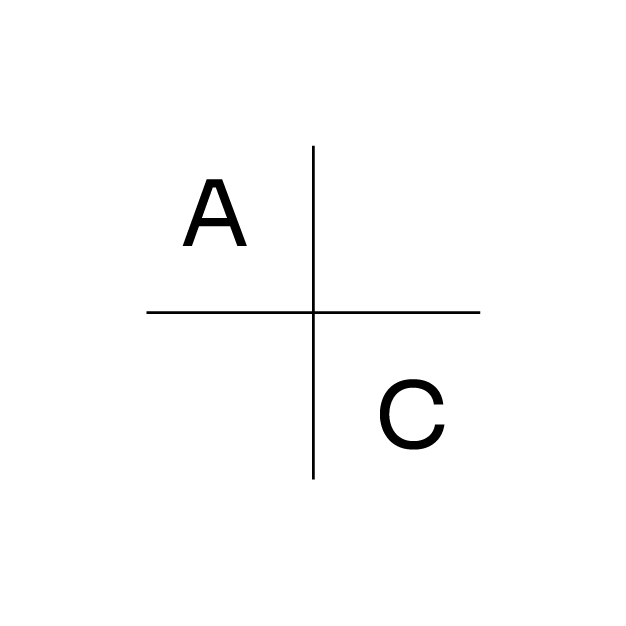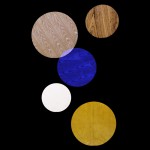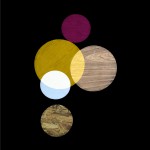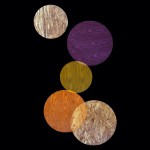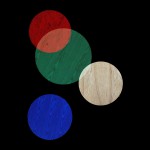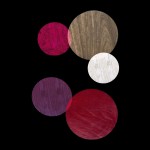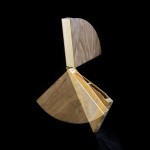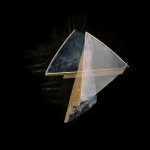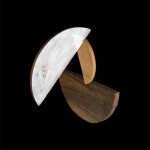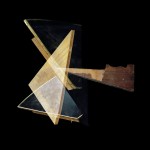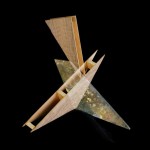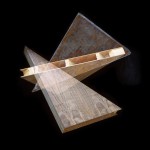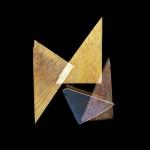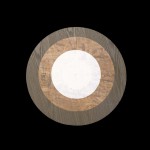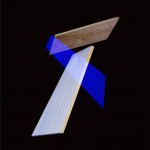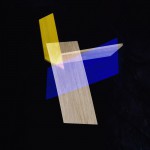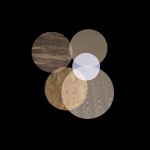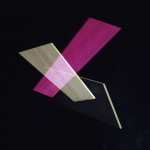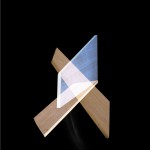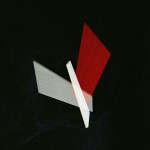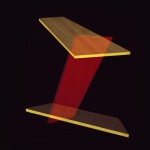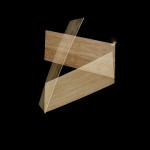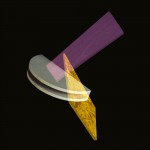Alejandra Laviada. Geometry of Space
Geometry of Space. Alejandra Laviada. 03.10.14_05.12.14
Alarcón Criado Gallery presents the second individual exhibition of the Mexican artist Alejandra Laviada (b.1980), with a selection of her last photographic works, Geometry of Space. Alejandra Laviada completed a BFA in Painting at the Rhode Island School of Design, and an MFA in Photography from the School of Visual Arts in New York. In 2010, Laviada received 1st place in México’s Photography Bienal, and she was also the winner of the International Prize of Photography Revelation PhotoEspaña 2008 with the series Photoscultures, which investigates the relation between photography, sculpture and painting.
Along these lines, her projects explore photography’s shifting role and relationship to other artistic media, such as painting and sculpture. Thereby, with recycled objects carried to her workshop, she constructs new images through overlapping several caps of exhibition on the same negative. Alejandra invites us to modify our perception of reality, so that we can relate object (in principle, devoid of conceptual or formal entity), sculpture (the transformation of these elements as a result of the disposition of them), and image (that finally is the visual mark that we still have by the photographic way).
Located between installation, sculpture and contemporary photography, Geometry of Space (2014), which gives title to the exhibition, works in dialogue with her previous series. In Re-Constructions (2011) and Photo-Sculptures (2008) objects are presented as having accumulative beginnings, whilst in De-Constructions (2009) the artist’s intervention acts as an eroding agent, adding to the chain of destruction of the building. Similarly, in Forest Interventions (2012) Laviada leaves closed spaces to work in the natural environment with elements of industrial archaeology, manipulating and encasing objects with her camera.
These photographs are made through multiple exposures of a single negative without digital manipulation. Different objects are photographed as layers on top of each other to create spatial sculptural compositions. The work lies at the intersection between painting, photography and sculpture, yet the sculptural quality of these compositions would not be possible without the use of the camera.
I’m interested in exploring photography’s potential to construct an image that would not exist in reality, through traditional means and without digital intervention. The camera is, by nature, a representational device, but it can also be used to abstract reality.
Laszlo Moholy-Nagy was one of the first photographers to believe that “the camera should be liberated from its role of recording the natural world in order to create abstract pictures of light and form”. Coming from a painting background myself, I share his vision in using photography as a tool to create abstract images.
I found inspiration in the geometric elements of Moholy-Nagy’s paintings and decided to construct similar three-dimensional forms out of different types of wood. These pieces, along with other recovered pieces of wood from demolition sites that I photographed in the past, are the building blocks of Geometry of Space. The camera allows me to play with the space, scale and vantage point of these objects, and to compress them into a single image. The geometric forms appear to be floating in space, and each layer of exposure reveals a unique play with transparency and perspective. The use of color is achieved through various filters, which add an extra layer of transparency to the images.
Throughout my previous work, I have always been interested in creating images that lie at the intersection between photography and other artistic media. My process if very photographic, yet the images in Geometry of Space are a hybrid between photography, painting and sculpture
Alejandra Laviada, September 2014
